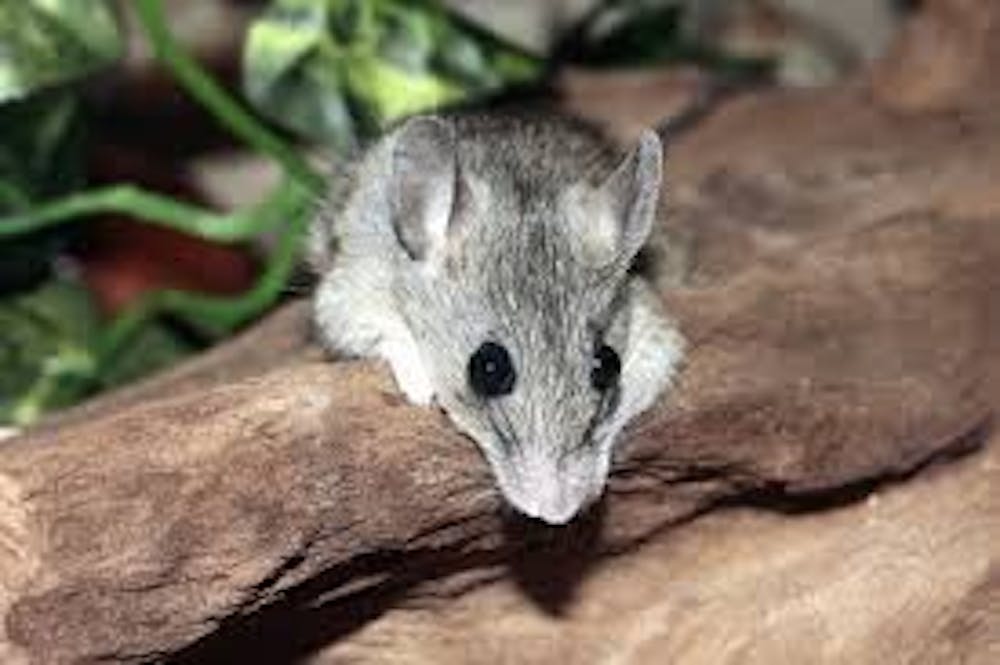Evolutionarily death seems like a paradox. If we want the best chance to pass on our genes, why would we deteriorate and die?
The current answer, coined “the evolutionary theories of aging,” offers an answer. As the years go by, our chances of passing on our genes decrease, and we become useless to evolution.
Genes that promote young and quick reproduction are passed on, while genes that affect the organism after its reproductive years don’t get weeded out. That is why many health issues present themselves after we are over the hill. Thus we deteriorate and die.
But humans are no strangers to attempting to defy the laws of nature. From the fountain of youth to modern day medicine, we continually try to find ways to prolong life.
Leonard Guarente and his team at the Massachusetts Institute of Technology (MIT) think they may have found a solution.
Almost 30 years ago, Guarente found that the protein sirtuin protected yeast against the effects of aging. Studies on other organisms yielded similar results. Recently Guarente explored the effects of sirtuin in epithelial cells, a type of cell that lines blood vessels.
“In normal aging, the number of blood vessels goes down, so you lose the capacity to deliver nutrients and oxygen to tissues like muscle, and that contributes to decline,” Guarente said, according to ScienceDaily.
He and his team knocked out the sirtuin 1 (SIRT1) gene, which produces the major mammalian sirtuin, in the epithelial cells of mice. They found that the mice had reduced capillary density at six months and that the mice could only run half as far, as compared to normal mice.
A further test showed that increased activity of sirtuin could enhance youth-related functions. Normal, 18-month-old mice were treated with nicotinamide mononucleotide (NMN), which is a precursor to nicotinamide adenine dinucleotide (NAD), which in turn is a coenzyme that activates SIRT1.
After two months, the mice had gained a capillary density similar to young mice and had a 56 to 80 percent increase in endurance. Similar results were seen in mice up to 32 months of age, which is equivalent to an 80-year-old human.
The same tests were done with NMN and hydrogen sulfide, the latter of which is another precursor to sirtuin activation. These results showed to be even better than just NMN, again suggesting sirtuin plays a role in longevity.
Tests also showed that sirtuin is important in muscle-building.
Mice with the SIRT1 gene knocked out in their epithelial cells could not gain as much muscle mass as normal mice put on the same training program.
If the same results can be shown in humans, Guarente may have a way to fight age-related deterioration. Improving the muscle mass of the aging population would also improve bone health, since the muscular and skeletal system work with one another.
“We’ll have to see if this plays out in people, but you may actually be able to rescue muscle mass in an aging population by this kind of intervention,” Guarente said. “There’s a lot of crosstalk between muscle and bone, so losing muscle mass ultimately can lead to loss of bone, osteoporosis and frailty, which is a major problem in aging.”
Last year a team from University of New South Wales found another use for NMN in anti-aging. As a precursor to NAD+, a metabolite that aids in DNA repair, NMN enhancement can help fight against age-related deterioration and the harmful effects of radiation.
This is especially important in missions to space, where the radiation from the sun increases dramatically.
Because of this discovery, NASA has eyes on this project to help with the mission to Mars. On Mars, without medication, five percent of the astronaut’s cells would die and the risk of developing cancer would increase to nearly 10 percent.





